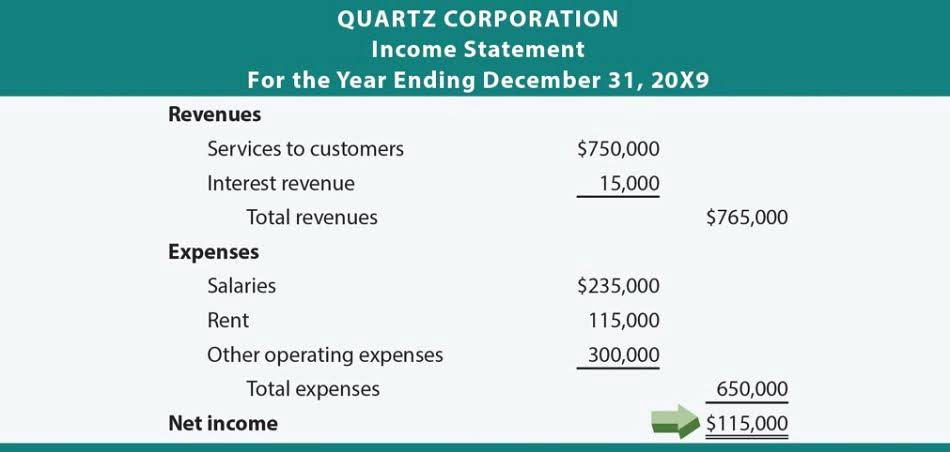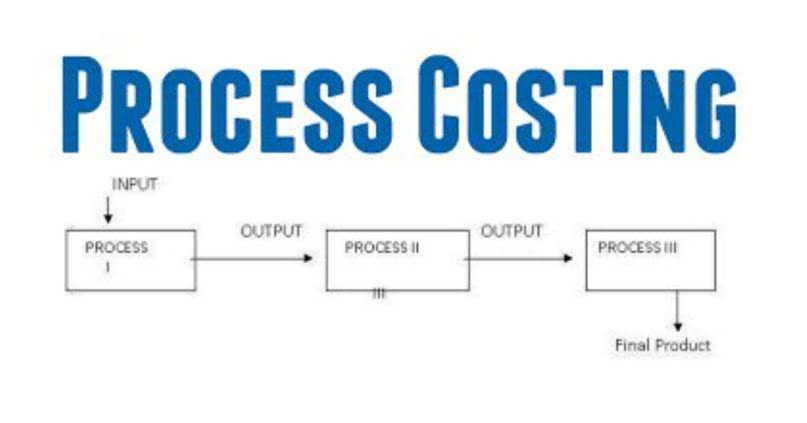
Total shares outstanding decreased from more than 21 billion in 2016 to less than 17 billion in 2020. The tech company spent billions buying back https://www.facebook.com/BooksTimeInc its stock during these years. Overall, the number of shares outstanding, the metrics you can calculate from it, and related metrics — like the float — provide key insights to investors.
Editorial integrity
For blue chip stocks, multiple stock splits over decades contribute to market capitalization growth and investor portfolio expansion. However, simply increasing outstanding shares isn’t a guarantee of success; companies must consistently contribution margin deliver earnings growth to achieve sustained investor confidence. The weighted average shares outstanding figure smooths out this variance, by simply averaging the share count across the reporting period. This is a figure calculated by the company itself; investors literally do not have the access to the data required.
- Notably, stock splits and reverse stock splits significantly influence the number of outstanding shares.
- You can find outstanding shares in the company’s most recent annual report found on Form 10-K or on quarterly 10-Q filings.
- Obviously, those option holders in theory could exercise their options to create new shares.
- Generally, you won’t need to calculate this number yourself and it will be listed for you on a company’s 10-Q or 10-K filing.
- In certain cases, notably for companies that are aggressively issuing shares or debt, public data should be augmented with a reading of SEC filings.
- Although this decreases liquidity due to fewer shares, it can deter short sellers by making it harder to borrow shares for short selling.
Stock Splits

Floating stock is a narrower way of analyzing a company’s stock by shares. It excludes closely held shares, which are stock shares held by company insiders or controlling investors. These types of investors typically include officers, directors, and company foundations. The purpose of the repurchase can also be to eliminate the shareholder dilution that will occur from future ESOs or equity grants.
Outstanding Shares vs. Treasury Shares
Yarilet Perez is an experienced multimedia journalist and fact-checker with a Master of Science in Journalism. She has worked in multiple cities covering breaking news, politics, education, and more.
- Total shares outstanding decreased from more than 21 billion in 2016 to less than 17 billion in 2020.
- However, simply increasing outstanding shares isn’t a guarantee of success; companies must consistently deliver earnings growth to achieve sustained investor confidence.
- A company’s shares outstanding are the total number of shares issued by a company.
- Market capitalization is calculated by multiplying the company’s share price by its shares outstanding.
- For example, if a company has 10 million shares outstanding and its CEO holds 2 million of those, the company has 8 million floating shares, or 80 percent float.
- The company can increase or decrease the number of shares outstanding by issuing new shares or via share repurchases (buybacks).
- Get instant access to video lessons taught by experienced investment bankers.
Bankrate logo
- While the number of outstanding shares and the public float may be the same, they don’t have to be, such as in the case of one company owning the shares of another company with no plans to sell them.
- Outstanding shares include share blocks held by institutional investors and restricted shares owned by the company’s officers and insiders.
- Outstanding shares decrease if the company buys back its shares under a share repurchase program.
- Denoting the greatest proportion of stocks trading on the exchanges, the float consists of regular shares that many of us will hear or read about in the news.
- If that event occurs on, say, December 15th of the year, it can distort the company’s apparent number of shares outstanding for the year.
The number of shares outstanding for a company is equal to the number of shares issued minus the number of shares held in the company’s treasury. If a company buys back its own stock, those repurchased shares are called treasury stock. The most commonly used stock split ratios are 2-for-1 and 3-for-1, meaning shareholders receive two or three additional shares for every share they already own.

What Are Outstanding Shares?
Investors may find it useful to compare a company’s floating stock to its outstanding shares when they’re making investment decisions. While outstanding shares are a determinant of a stock’s liquidity, the latter is largely dependent on its share float. A company may have 100 million shares outstanding, but if 95 million of these shares are held by insiders and institutions, the float of only five million may constrain the stock’s liquidity. A company may announce a stock split to increase the affordability of its shares and grow the number of investors. For instance, a 2-for-1 stock split reduces the price of the stock by 50%, but also increases the number of shares outstanding by 2x. Companies with big news that affects their number of shares outstanding, such as stock splits, announce the events in press releases that are reported by the business media.

The fully diluted number of shares indicates how many outstanding shares there could potentially be if all existing equity instruments were converted into common stock. The number of outstanding shares is also important in calculating other financial metrics such as earnings per share. For instance, stock buybacks may increase the value of the remaining shares of stock and improve metrics such as earnings per share because there are fewer shares outstanding. A reverse stock split exchanges existing shares for a proportionately smaller number of new shares.

So far, we’ve focused on shares outstanding, whether basic or diluted, at a fixed point in time. In SEC filings, companies will report the total number of shares outstanding on a given day, but in their quarterly and annual figures they must also offer the weighted average shares outstanding. Typically, a stock split occurs when a company is aiming to reduce the price of its shares. When this takes place, shares outstanding formula a company’s outstanding shares increase, and a higher degree of liquidity results. By contrast, a reverse stock split occurs when a company seeks to elevate its share price.

Αφήστε μια απάντηση